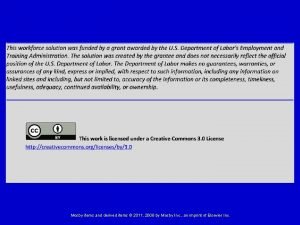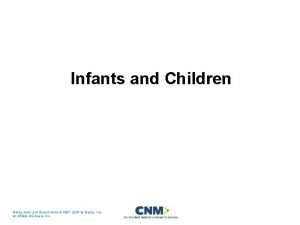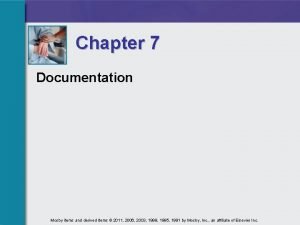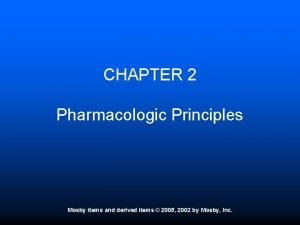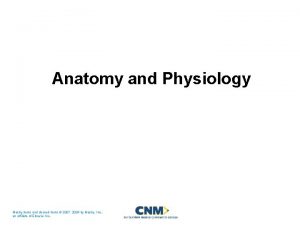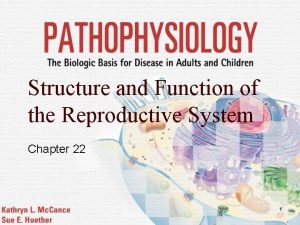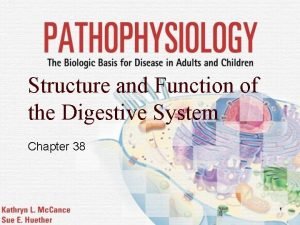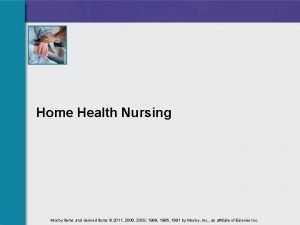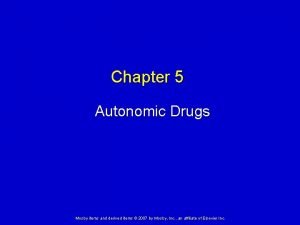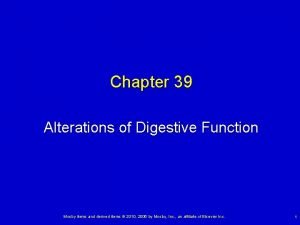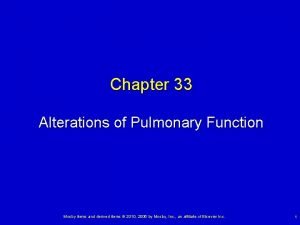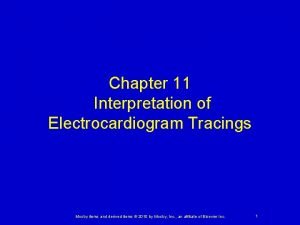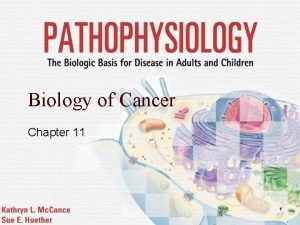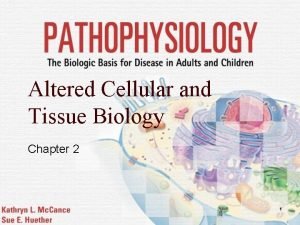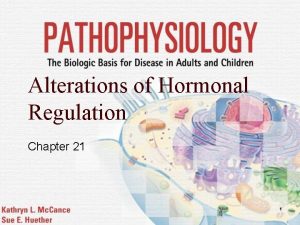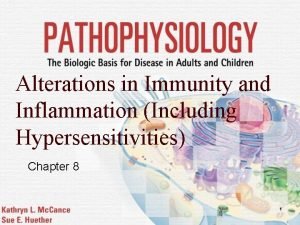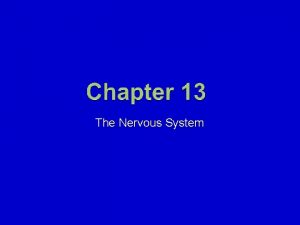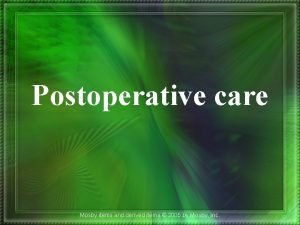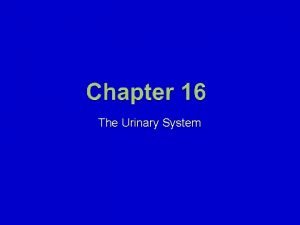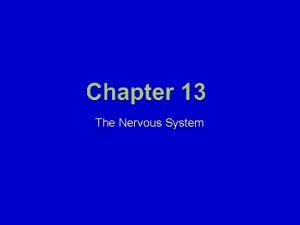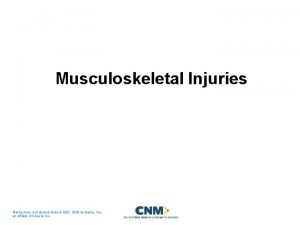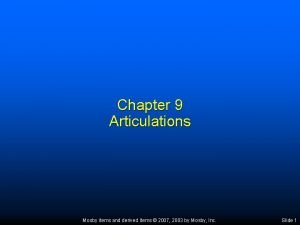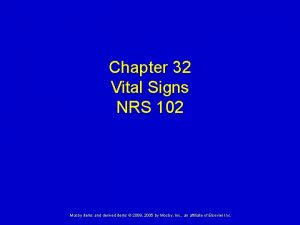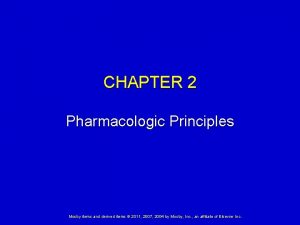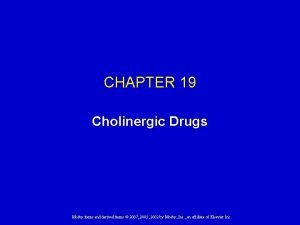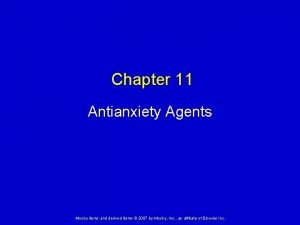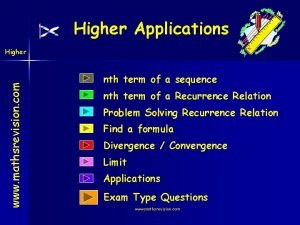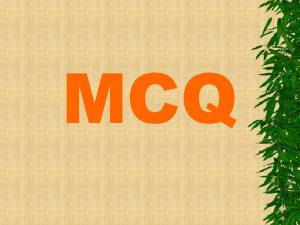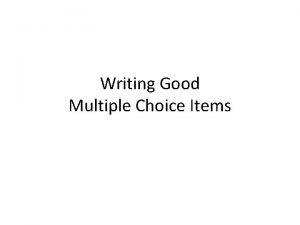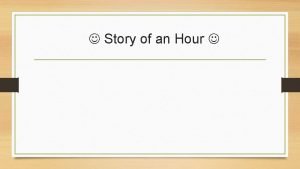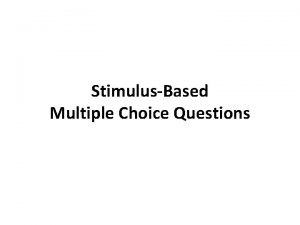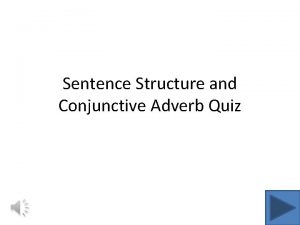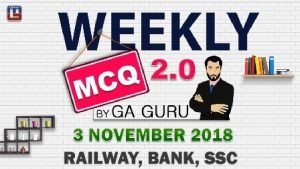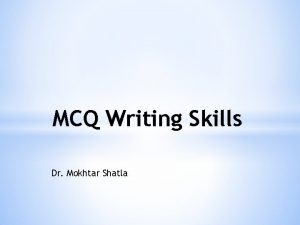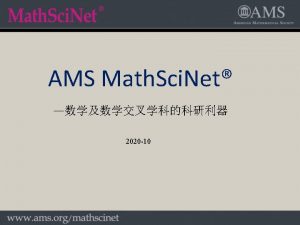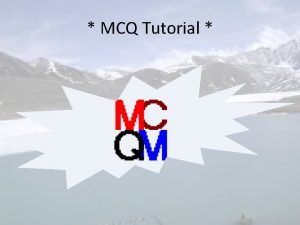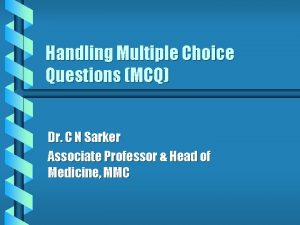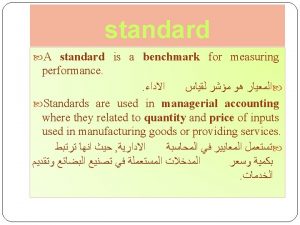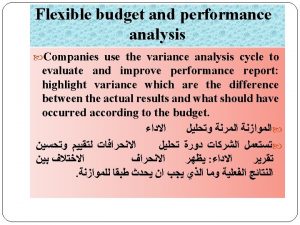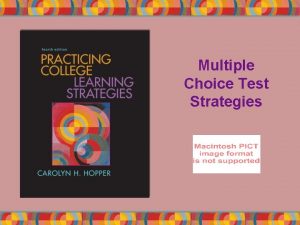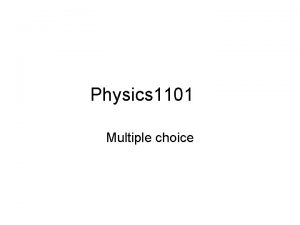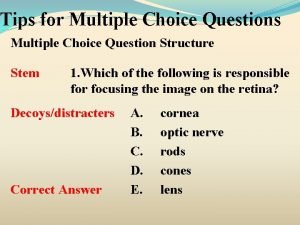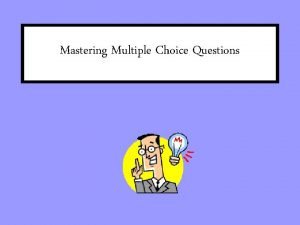Multiple Choice Items Out line What is MCQ




























![Sample… A (patient description) has (abnormal findings). Which [additional] finding would suggest/suggests a diagnosis Sample… A (patient description) has (abnormal findings). Which [additional] finding would suggest/suggests a diagnosis](https://slidetodoc.com/presentation_image/8ab2703c55705bb72c79ec2bbb5b4c56/image-29.jpg)









- Slides: 38

Multiple Choice Items

Out line • What is MCQ? • Advantage and limitations of MCQ • Structure of MCQ • Rules and Guidelines of MCQ item construction • Common flaws in MCQ item construction • Advance MCQ item writing principles

Definition Multiple choice (objective response) is a form of an objective assessment in which respondents are asked to select only correct answers from the choices offered as a list.

Advantages of using MCQ • Quick and easy to score, manually or electronically • Appropriately constructed MCQs can measure higher order thinking • Easier to control the difficultly level • Can cover lots of content areas on a single exam

Limitations of using MCQs • Time consuming to construct good MCQ items • Need skill to construct good MCQ • Often test knowledge • Provide students the opportunity to guess

Structure of MCQ Structure of a multiple choice question consists of: • The stem • The lead-in • Options

The Stem The stem presents the stimulus or information needed to answer the question Good stems are written in the form of vignette (illustration), including • Age • Gender • Presenting complaint • Pertinent history • Physical examination findings • Results of diagnostic and laboratory studies

Example of a stem: A 24 year old woman came to a hospital with a complaint of sudden onset of lower crampy abdominal pain associated with spotting and claimed amenorrheic for the last 2 months.

The Lead-in The lead-in presents the specific question that defines the task and establishes the relationship between the stem and options E. g. Which of the following is the most likely diagnosis?

The Option Set The option set , the choices provided after the stem; It includes: • The key- the correct answer in the list of options • Distracters -the incorrect answers in the list of options

Basic Rules of item construction • Make sure that MCQs relate directly to learning outcomes; and are at different levels of learning (recall, comprehension, application and problem solving, etc. ) • Use vignettes to structure the stem • Be aware of the difficulty level of each question

…basic rules • Make sure you have a sufficient number of easy and more challenging questions • Try to make the first few multiple choice questions relatively easy to help calm student

Guidelines for Developing MCQ Items Stem • Provide a complete statement • Include only relevant information • Put central idea in the stem • Keep stems as short as possible • Ask for the correct, not “wrong” answer

guidelines. . . Options • Have only one correct answer • Consider the number of distracters • Avoid long options • Keep options similar length • Keep options grammatically consistent with the stem • Write the correct response with no irrelevant clues

guidelines… Options • Write incorrect options to be probable but clearly incorrect • Link options to each other (e. g. , all diagnoses, treatments) • Write distracters to be similar to the correct answer in terms of grammar, length, and complexity • Avoid “none of the above” or “all of the above”

guidelines. . . Options • Place options in logical order (e. g. numerical, chronological) • Avoid items like: A only, A+B • Write options to be not overlapping • Vary position of keyed responses

Options • Avoid absolute terms such as “always”, “never”, “all”, or “none” • Avoid imprecise terms such as “seldom”, “rarely”, “occasionally”, “sometimes”, “few”, or “many” • Avoid cues such as “may”, “could” or “can”

Common Flaws in crafting MCQs

Grammatical Cues An asymptomatic 57 -year-old man comes to the physician for a routine health maintenance examination. His blood pressure is 180/112 mm Hg, and pulse is 82/min. Abdominal examination shows a bruit in the right upper quadrant and no masses. The most likely cause of this patient’s bruit is an: A) accumulation of lipids in the arterial wall B) hypertrophy of the arterial wall media C) giant cell infiltration in the arterial wall D) round cell infiltration in the arterial wall

Logical Cues Crime is a. Equally distributed among the social classes b. Overrepresented among the poor c. Overrepresented among the middle class and rich d. Primarily an indication of psychosexual maladjustment e. Reaching a plateau of tolerability for the nation

Absolute or vague terms Which of the following statements is the most accurate about croup in children? a. b. c. d. e. Can be treated adequately with oral dexamethasone Could be a complication of hypercalcaemia Is never seen in patients under 3 months Is rarely fatal Possibly relates to immaturity of cartilaginous development

Clang Association (Repetition of words in the options) A 67 -year-old woman is brought to the emergency department because of severe chest pain four hours after undergoing outpatient endoscopy and dilatation of an oesophageal stricture caused by reflux. Which of the following is the most likely cause of these symptoms? A) Oesophageal perforation B) Mallory-Weiss syndrome C) Myocardial infarction D) Perforated gastric ulcer

Convergence Strategy Which of the following best describes the commonest organism causing bacterial pneumonia in childhood? a. b. c. d. e. Gram Gram positive coccus, occurring in chains positive coccus, occurring in pairs negative coccus, occurring in chains positive bacillus, occurring in pairs

Inconsistent proportions or units What is the incidence of hospital admission due you to post abortion complication? a. 1% b. 3% c. 5% d. 15% e. one quarter

Group Exercise • Divide into groups • Construct five multiple choice questions; three correctly constructed and two containing common errors • Present to the large group for discussion • Time: 20 minutes

Advance MCQ Item writing Principles

Item shell • A tool for new item writers • Can develop new items, using shells constructed from items with good track records

Sample templet for an Item Shell A (patient description) has (history findings) and is taking (medications). Which of the following medications is the most likely cause of his (one history, PE or lab finding)?
![Sample A patient description has abnormal findings Which additional finding would suggestsuggests a diagnosis Sample… A (patient description) has (abnormal findings). Which [additional] finding would suggest/suggests a diagnosis](https://slidetodoc.com/presentation_image/8ab2703c55705bb72c79ec2bbb5b4c56/image-29.jpg)
Sample… A (patient description) has (abnormal findings). Which [additional] finding would suggest/suggests a diagnosis of (disease 1) rather than (disease 2)?

…Sample A (patient description) has (symptoms and signs). These observations suggest that the disease is a result of the (absence or presence) of which of the following (enzymes, mechanisms)?

Sample… A (patient description) has (symptoms, signs, or specific disease) and is being treated with (drug or drug class). The drug acts by inhibiting which of the following (functions, processes)?

Item Modeling Design new items from existing items by altering: • Setting (Hospital or Clinic) • Level of Clinical Decision Making Process (Data Collection or Planning) • Type of Case (eg. Antepartum or Postpartum)

Context-dependent item sets Used to assess • Critical thinking • Problem-solving • Decision- making

Example: Case Study A 24 years old female has been receiving care in your health center since learning that she was HIV positive three years ago. • Never started on ART • Frequent episodes of generalized body weakness • Recurrent vaginal candidiasis which failed to respond to clotrimazole suppositories on two occasions • Maintains full time employment

Question 1: Which of the following WHO stage is this patient in based on the available clinical information A. Stage I B. Stage II C. Stage III D. Stage IV Key: C

Question 2: Which of the following laboratory tests would be MOST important prior to initiating ART? A. B. C. D. Total lymphocyte count CD 4 cell count Viral load KOH test and/or wet smear for diagnosis of candidiasis E. Key: B

Small Group Exercise • Divide in to groups • Develop three multiple choice items each that measuring knowledge , application and analysis /evaluation (clinical decision making) skills • Write down items on to computer and present to large group for discussion • Time: 20 min

Thank you!
 Multiple binary choice items
Multiple binary choice items Personification in mending wall
Personification in mending wall Mosby items and derived items
Mosby items and derived items Mosby items and derived items
Mosby items and derived items Mosby items and derived items
Mosby items and derived items Lliver
Lliver Caudal region of the body
Caudal region of the body Mosby items and derived items
Mosby items and derived items Mosby items and derived items
Mosby items and derived items Mosby items and derived items
Mosby items and derived items Mosby items and derived items
Mosby items and derived items Mosby items and derived items
Mosby items and derived items Mosby items and derived items
Mosby items and derived items Mosby items and derived items
Mosby items and derived items Mosby items and derived items
Mosby items and derived items Mosby items and derived items
Mosby items and derived items Altered cellular and tissue biology
Altered cellular and tissue biology Mosby items and derived items
Mosby items and derived items Mosby items and derived items
Mosby items and derived items Mosby items and derived items
Mosby items and derived items Mosby items and derived items
Mosby items and derived items Mosby items and derived items
Mosby items and derived items Mosby items and derived items
Mosby items and derived items Mosby items and derived items
Mosby items and derived items Mosby items and derived items
Mosby items and derived items Mosby items and derived items
Mosby items and derived items Mosby items and derived items
Mosby items and derived items Mosby items and derived items
Mosby items and derived items Mosby items and derived items
Mosby items and derived items One direction one thing
One direction one thing Un - 10un-1 +9un-2-0 find out the roots?
Un - 10un-1 +9un-2-0 find out the roots? In a fusion welding process mcq
In a fusion welding process mcq Multiple senses of lexical items
Multiple senses of lexical items Good choice or bad choice
Good choice or bad choice How to write multiple choice questions
How to write multiple choice questions Act 4 scene 2 merchant of venice
Act 4 scene 2 merchant of venice The story of an hour multiple choice test
The story of an hour multiple choice test Stimulus based multiple choice questions
Stimulus based multiple choice questions Which conjunctive adverb best completes the sentence?
Which conjunctive adverb best completes the sentence?


